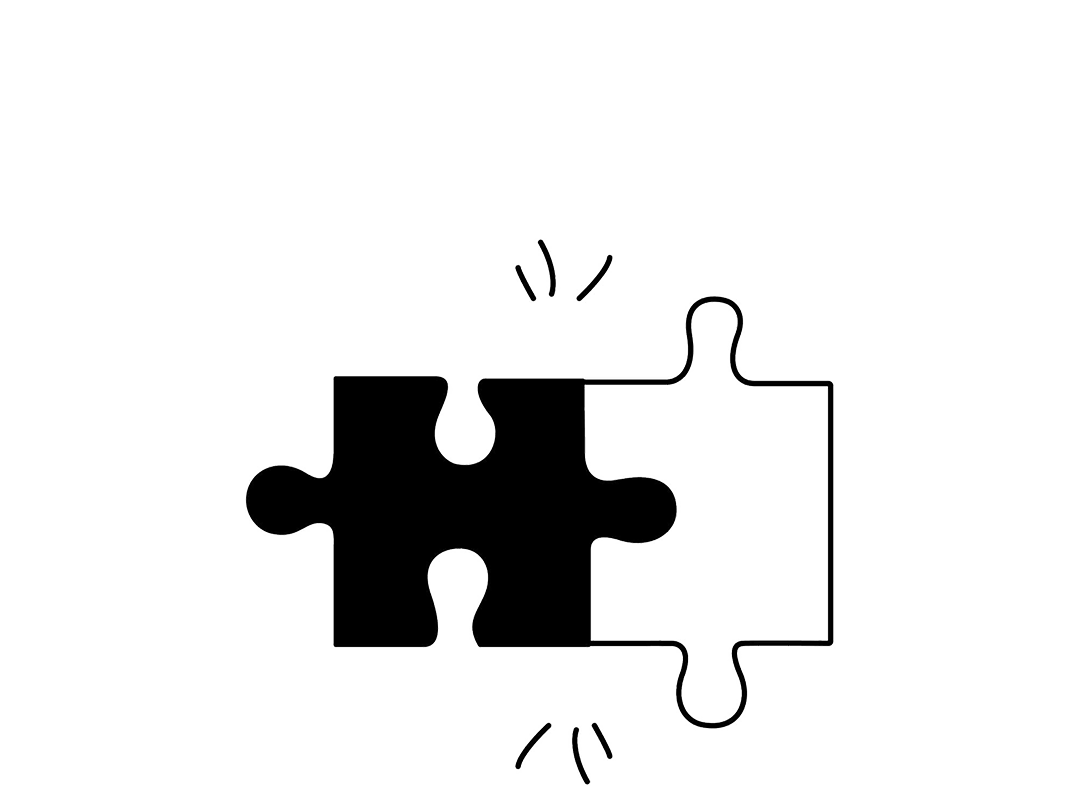Decoding Customer Acquisition Cost for Start-Ups: Strategies to Boost Efficiency
April 28, 2024

Decoding Customer Acquisition Cost for Start-Ups: Strategies to Boost Efficiency
Explore the essentials of Customer Acquisition Cost (CAC), its significance in the start-up ecosystem, and effective strategies to manage and optimize this crucial metric.
Introduction
Customer Acquisition Cost (CAC) is a vital performance metric for any start-up aiming to scale efficiently. It quantifies the total cost of acquiring a new customer, encompassing marketing and advertising expenses. In the competitive start-up environment, understanding and optimizing CAC can be the difference between robust growth and stagnant development.
Understanding CAC
At its core, CAC is calculated by dividing all the costs spent on acquiring more customers (marketing expenses) by the number of customers acquired in the period the money was spent. For example, if a company spent £5,000 on marketing in a month and acquired 100 customers, the CAC for that month is £50.
Importance of CAC for Start-Ups
For start-ups, managing CAC is crucial because it directly impacts profitability and sustainability. A lower CAC indicates a more cost-efficient acquisition strategy, essential for maximising the return on investment (ROI). However, it's not just about reducing costs—improving the quality of acquisitions is equally important.
Strategies to Optimize CAC
- Enhancing Targeting Techniques: Utilising advanced segmentation and targeting strategies can dramatically improve the effectiveness of your campaigns. By focusing on the right demographic groups, start-ups can reduce waste and increase conversions.
- Leveraging Organic Channels: SEO, content marketing, and social media engagement can significantly lower CAC. These channels often have higher conversion rates and can build lasting customer relationships.
- Utilising Analytics and Feedback: Regularly analysing performance data helps identify the most cost-effective marketing strategies. Tools like Google Analytics and customer feedback platforms provide insights into which approaches are working and which are not.
Expanding on Optimisation Techniques
- A/B Testing: Implementing A/B testing on landing pages, email campaigns, and even social media ads can provide actionable data to refine your marketing strategies and decrease CAC.
- Customer Relationship Management (CRM) Systems: Integrating CRM systems can help start-ups streamline their marketing efforts, ensuring that customer interactions are tracked and monetised efficiently, thereby reducing CAC over time.
Case Studies and Literature
The effectiveness of focusing on CAC is well-documented in case studies from companies like Dropbox and Slack. Dropbox implemented a referral program that decreased its CAC by over 35% while simultaneously increasing customer lifetime value (CLV). Slack’s usage of organic growth strategies via word-of-mouth significantly reduced its CAC, underscoring the power of customer satisfaction and product-market fit (source: Forbes, Business Insider).
Further literature supports the strategic reduction of CAC. In "Marketing Metrics" by Paul W. Farris and others, the authors emphasize the importance of balancing CAC with CLV to ensure sustainable business growth. Additionally, a Harvard Business Review article highlighted how companies like Amazon have optimized CAC through sophisticated data analytics and customer-centric strategies.
Conclusion
Understanding and optimising Customer Acquisition Cost is more than a financial metric; it’s a comprehensive strategy that integrates marketing efficiency with business growth. For start-ups, where resources are precious and every pound counts, mastering CAC can lead to more sustainable growth and enhanced competitive advantage. By focusing on targeted strategies and leveraging both paid and organic channels, start-ups can achieve a more favourable CAC, positioning themselves for success in the bustling market landscape.